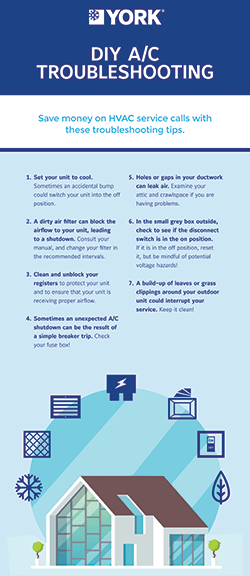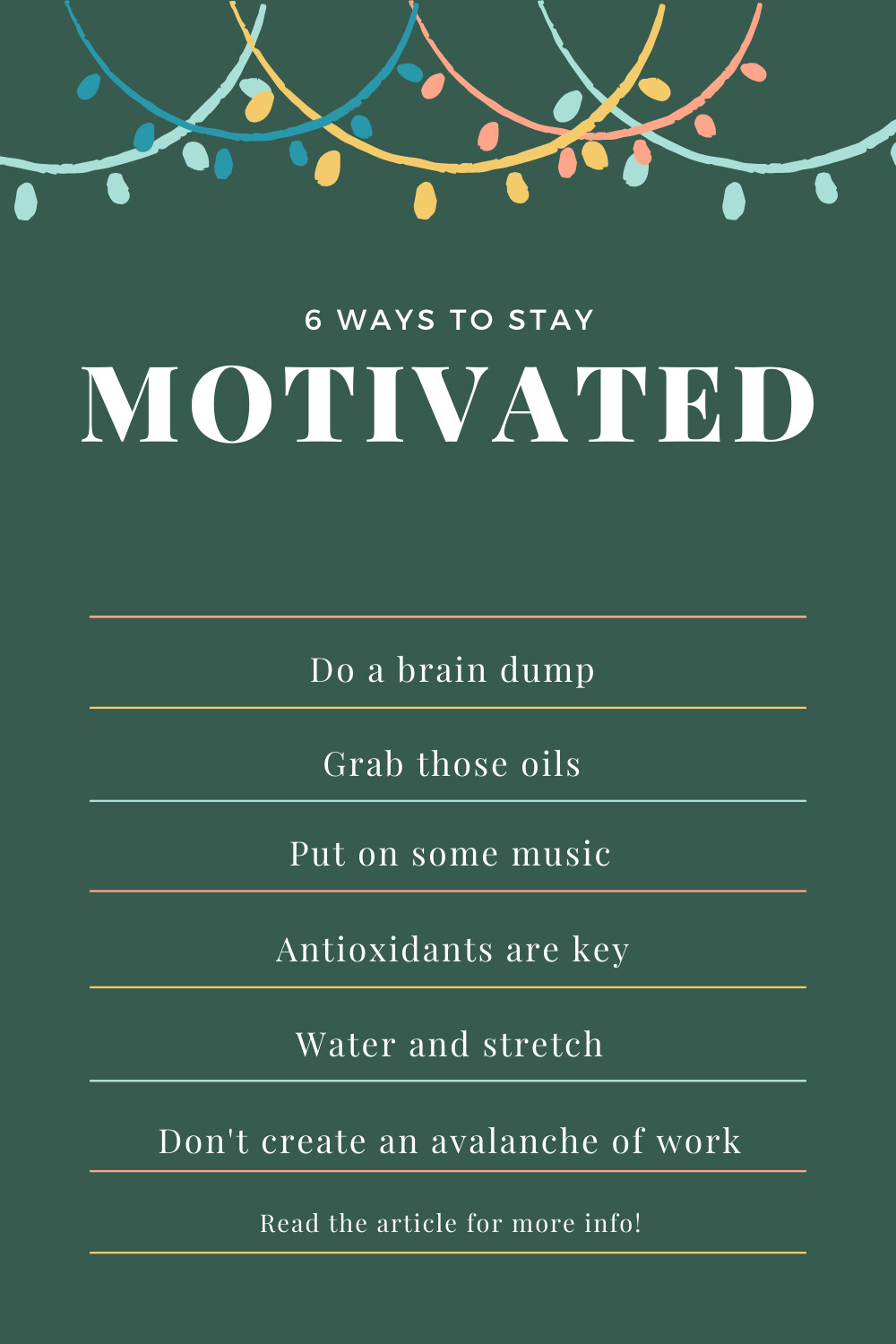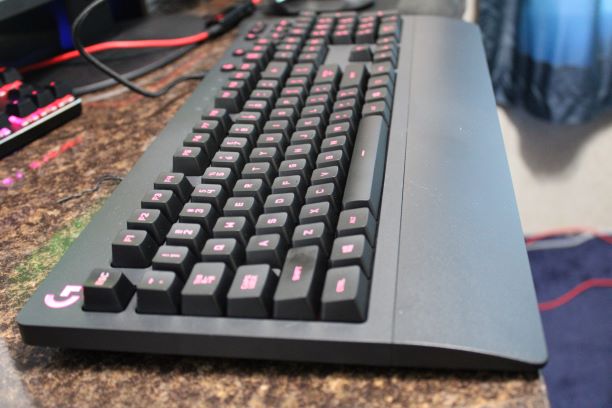Are you tired of working for someone else in a law firm? Do you crave the independence and control that comes with running your own practice? Starting your own law firm is a daunting task, but it's not impossible. With the right mindset, skills, and knowledge, anyone can start their own successful law firm. In this post, we will explore the steps you need to take to start your own law firm.
Step 1: Develop a Business Plan

The first step in starting your own law firm is to develop a business plan. A business plan is a comprehensive document that outlines your goals, strategies, and operations. It helps you determine how you'll finance your law firm and how you'll attract clients.
Your business plan should include a market analysis to identify your target audience and competitors. You should also include a description of your services and pricing strategy. Your business plan should also outline your organizational structure, staffing needs, and operating costs.
Step 2: Choose a Niche

The next step is to choose a specialty or niche for your law firm. There are many different areas of law to choose from, such as family law, criminal law, immigration law, and personal injury law. Choosing a niche allows you to focus on a specific area of law, which can help you attract more clients.
When choosing a niche, consider your interests, expertise, and the demand in your local market. You should also research the competition in your niche to determine if there is room for your law firm.
Step 3: Secure Funding

Starting a law firm can be expensive. You'll need to secure funding to cover your startup costs, such as office space, legal software, and marketing expenses. There are several ways to fund your law firm, including:
- Taking out a loan from a bank or financial institution
- Investing your own personal funds
- Partnering with another attorney
- Crowdfunding
Step 4: Establish Your Brand

Establishing your brand is essential for attracting clients to your law firm. Your brand should reflect your values, services, and unique selling proposition. You'll need to create a logo, website, and marketing materials that align with your brand.
Your branding efforts should also include networking and advertising. Attend local events and conferences to meet potential clients and other attorneys. Use social media and online advertising to reach a wider audience.
Step 5: Set Up Your Office

Your office represents your law firm, so it's important to create a professional and welcoming space that reflects your brand. Consider the location, layout, and furniture when setting up your office.
You'll also need to invest in office equipment and legal software, such as case management software and legal research tools. These tools will help you manage your client's cases efficiently.
Conclusion
Starting your own law firm is a challenging but rewarding endeavor. With the right plan and resources, anyone can start a successful law practice. Develop a business plan, choose a niche, secure funding, establish your brand, and set up your office to get started on the right foot.
If you're passionate about law and entrepreneurship, starting your own law firm can be a fulfilling career path. Take the steps necessary to get started today.




























/5-minute-craving-busters-2824747_FINAL-5bd0bfe046e0fb0051c82ed7.png)

